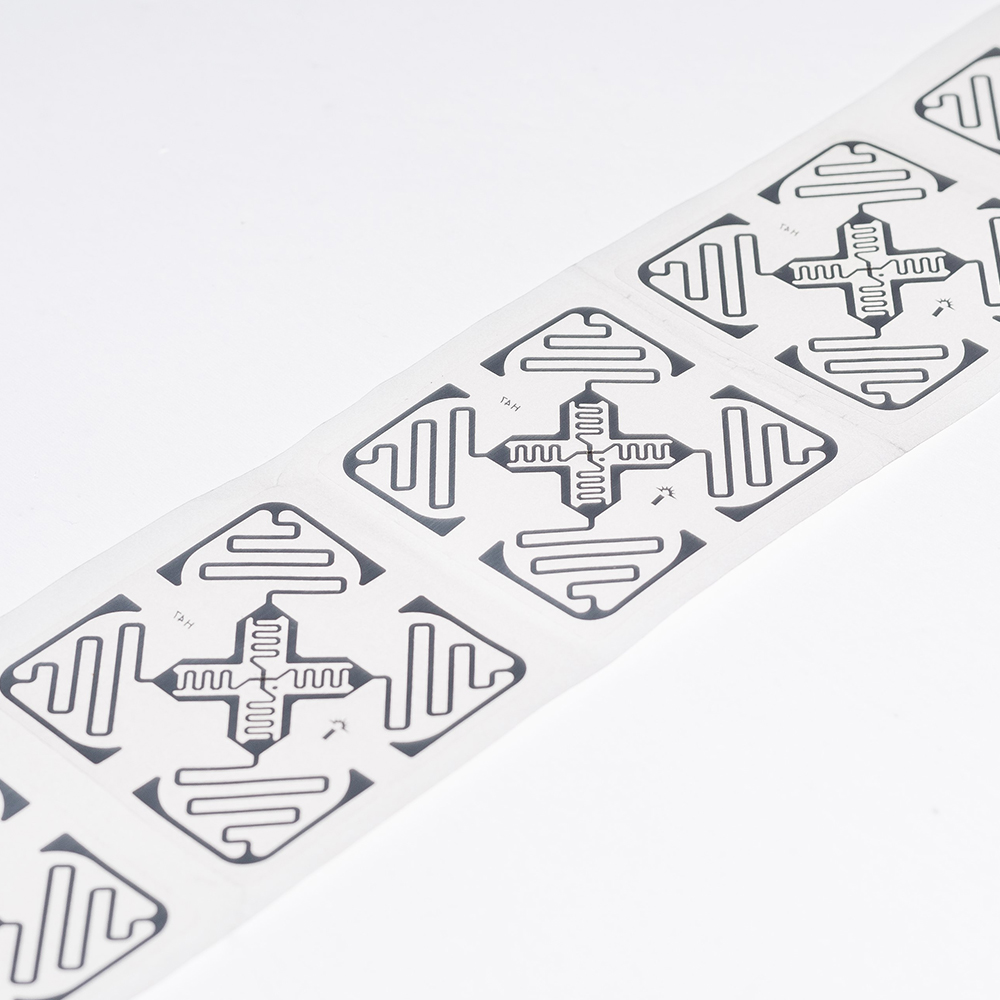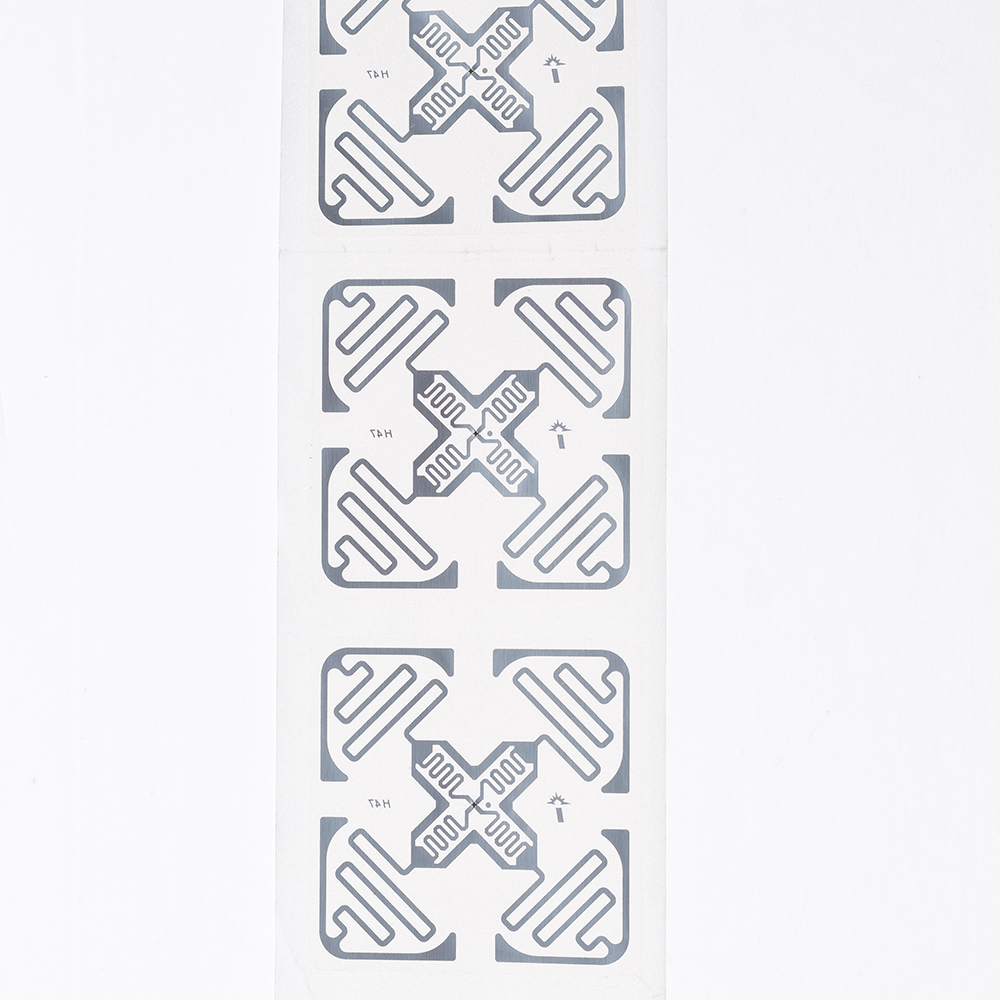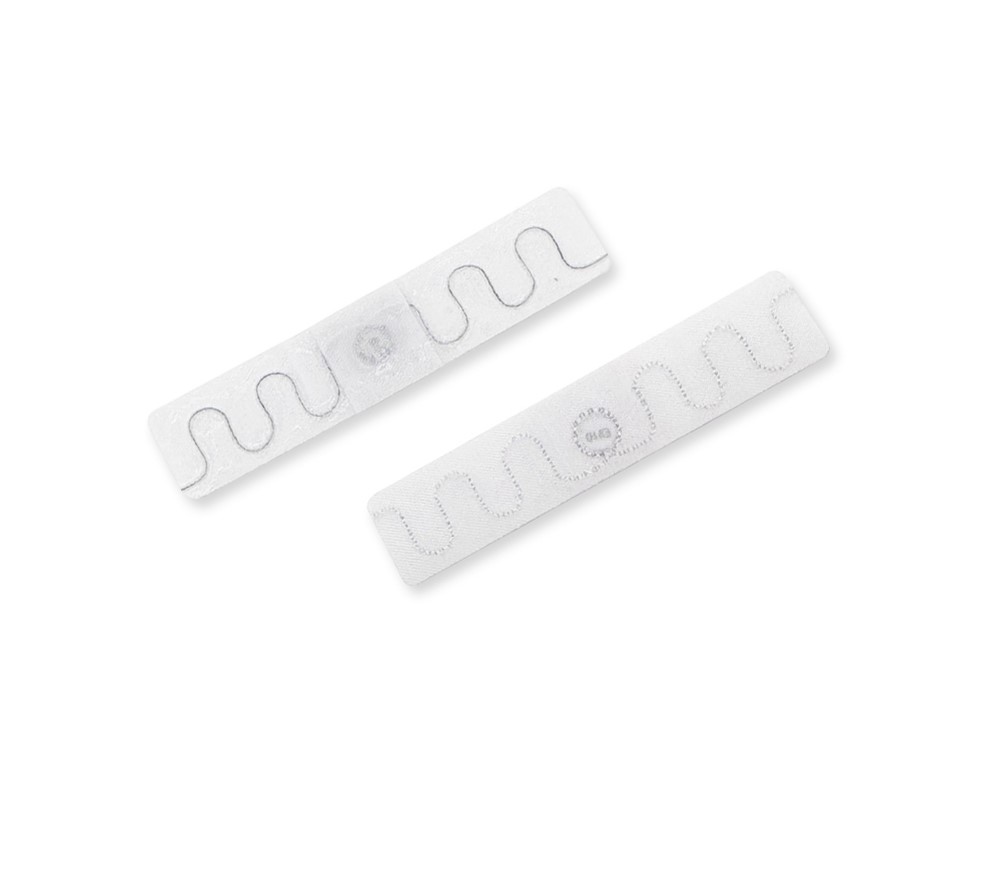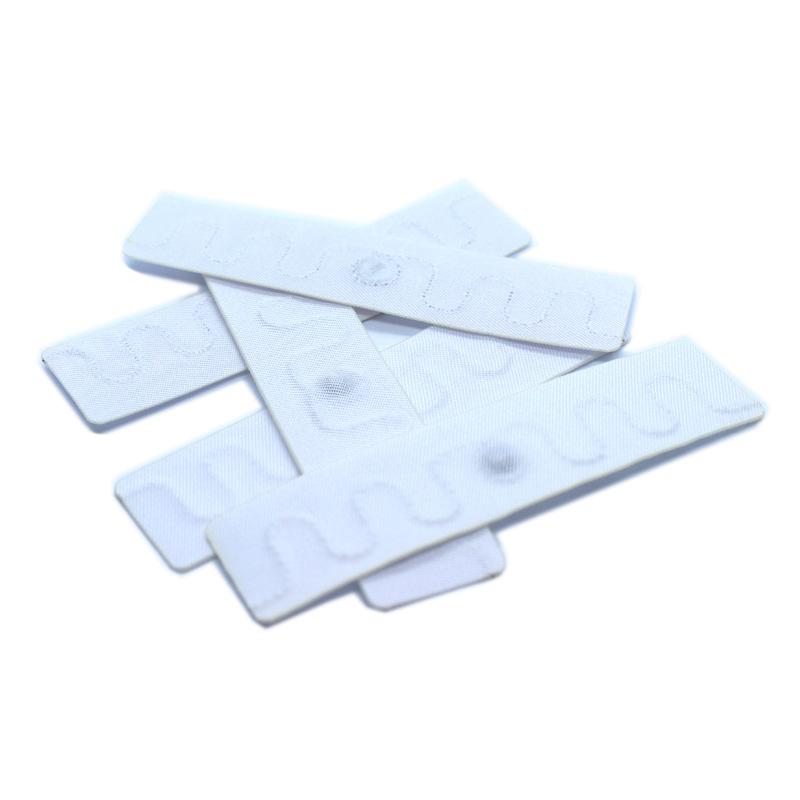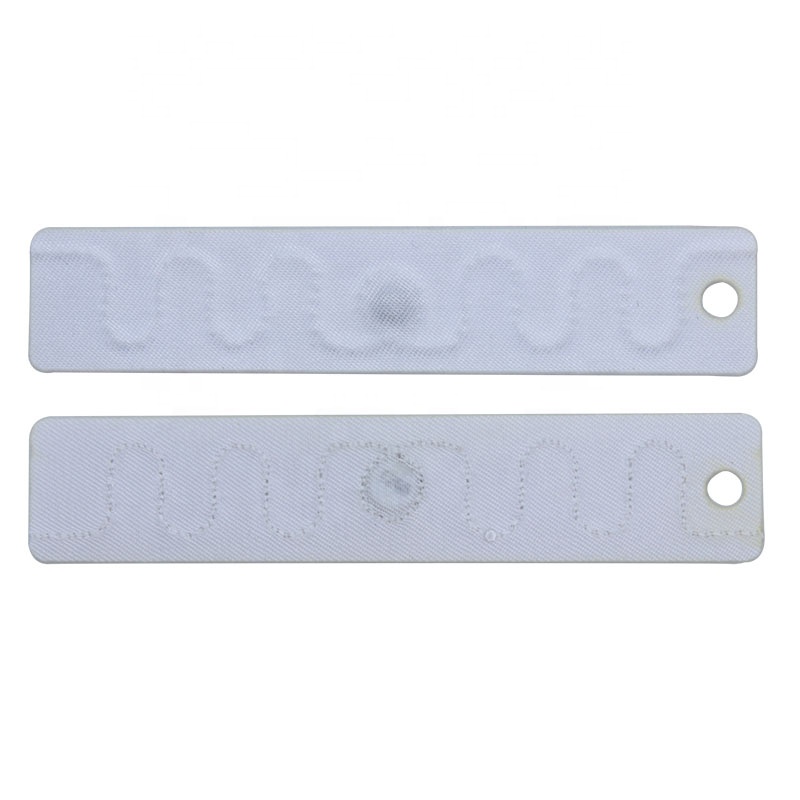
Lorem ipsum dolor sit amet, consectetur adipiscing elit, sed do eiusmod Lorem ipsum dolor sit amet consectetur adipiscing elit, sed do eiusmod lorem ipsum

Say Goodbye to Metal Interference with RFID Flexible Anti-Metal Tags
RFID Flexible Anti-Metal Tags ensure seamless performance on metal surfaces, offering durability, extended range, and easy installation for efficient asset tracking.

UHF RFID Revolution in Footwear and Apparel: Efficiency & Growth
UHF RFID technology is transforming footwear and apparel by optimizing inventory, enhancing supply chains, and improving efficiency through real-time tracking.

Comprehensive Comparison of RFID Across Different Frequency Bands
Compare LF, HF, UHF, and Microwave RFID by range, speed, storage, and security to choose the best solution for your application needs.

